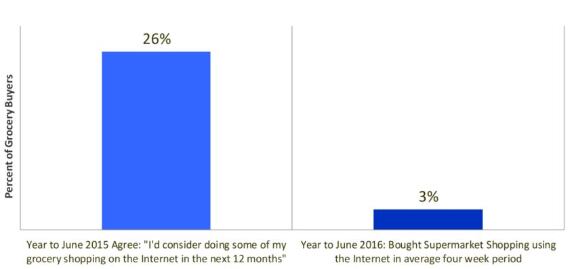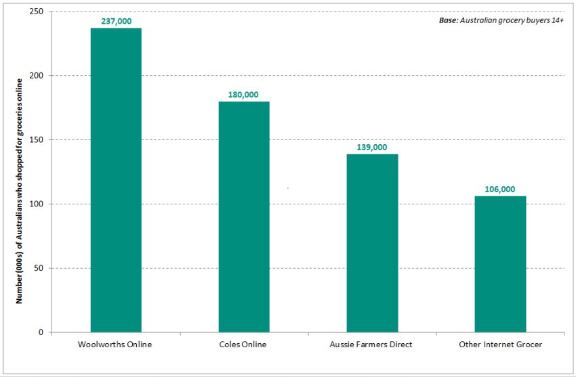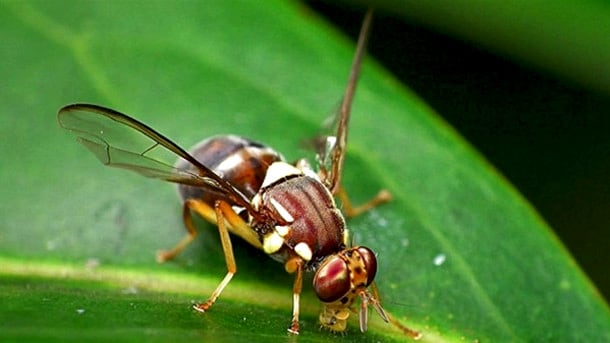That’s according to Kiwi PR experts, who believe that there is too much conflicting information circulating, making it hard for the public to know what is good for them, and what is actually harmful.
They said the food industry and the media have a responsibility to ensure consumers receive clear and accurate information.
“There’s fads here and there, and one minute fat is the enemy, then sugar is the enemy, and what am I to do as a consumer?” said Adelle Keely, general manager of Acumen Republic PR agency. “It’s really difficult to judge even if you’re an informed individual.”
It is the responsibility of everyone in the food industry to be open and transparent about what they are funding in terms of research, and for the media to make sure they’re putting forward informed opinion based on scientific fact, she added.
Jane Dodd, director of The Clique, another agency, said the media had a huge influence on people’s decision-making around food, with many consumers changing their food purchasing behaviour because of what they had read in the media.
“The New Zealand consumer enjoys one of the best food supplies in the world, and if we want to have more trust then we need to help people understand… how we produce that food in a way that delivers a food to someone that they can confidently, happily serve to their family and that they feel really good about.”
Though the World Health Organisation recommends a maximum sugar intake of six teaspoons a day, Kiwis get through an average of 37, making New Zealand one of the biggest consumers in the western world.
The country also has a growing weight problem, with a 2013 study finding that 35% of kiwis were overweight, compared to 10% in 1977.
Such a sharp increase has led to a raft of headlines screaming about “obesity epidemics” and “crisis points” across all forms of media. At the same time, experts have been queueing up to voice their opinions.
“In today’s environment, an expert can be a fully credentialed professional or academic, or they might also be someone who has adopted a particular area of interest and become a prolific blogger, Facebooker or even media commentator,” said Dodd. “By virtue of that they become experts on a subject that in fact they are not experts on.”
She added that the PR industry needs now to have a central role to ensure that the information delivered through media is scientifically valid, and that it gives “useful, applicable messages that consumers can put into practice”.
More stories from Down Under…
Reluctant to buy groceries online, Australians prefer convenience of aisles
Though online grocery buying is growing in popularity, Australians still visited the supermarket almost 2bn times last year, suggesting that internet food shopping is more an appealing idea than a reality for consumers.

A year ago, market research found that just over a quarter of grocery buyers would consider doing some grocery shopping on the internet in the next 12 months, though just 3% actually did so.
This figure is just over double the number of food purchasers in 2011, but it is unlikely there will be a mass exodus to online grocery shopping any time soon, said Michele Levine, chief executive of Roy Morgan Research, which carried out the survey.
“While consumers are clearly not opposed to the idea, they seem to be having trouble putting it into practice,” Levine said.

“One of the great things about online shopping in general is its convenience, but when it comes to groceries, this isn’t necessarily the case.”
Levine said that organised shoppers found it easier to find what they wanted on shelves than “scrolling and searching for products by key words” online.
With the launch of an online delivery service by Aussie Farmers Direct with a “full supermarket shop” service earlier this year, which went into direct competition with Coles and Woolworths, the results might be different in a year’s time.

AFD currently commands 140,000 shoppers, and is now not far behind Coles Online, which has 180,000. However, both have a way to go before they catch up with Woolworths Online, at 237,000 shoppers.
Other players include CatchGroup-owned GroceryRun, which focuses on dry goods rather than fresh groceries; Indo-Asian Grocery Store, offering online grocery shopping with an international flavour; and numerous smaller, locally based businesses. Between them, they attract 106,000 customers in an average four weeks, Roy Morgan found.
American e-commerce colossus Amazon has been rumoured to be reading for entry into Australia, suggesting that the local grocery market stands to be disrupted.
It will also be interesting to track the success of Woolworths’ recently announced partnership with Australia Post to install more than 500 parcel lockers for their “Click-and-collect” services, providing an extra 24/7 delivery option for their online customers.
“There were some significant shifts in Australian retail last financial year, with supermarkets and other grocery retailers seeing their fair share of change. No doubt, the coming 12 months will bring even more developments. Whether a move to online grocery shopping is one of them remains to be seen,” Levine added.
Technology centre will produce fruit fly drones to wipe out costly pest
A new weapon against one of the world’s worst horticultural pests has been unveiled in Australia, in the form of a research centre that will produce 50m sterile male flies each week.

The National Sterile Insect Technology centre will initially tackle the Queensland fruit fly-or Q-fly—which costs the Australian horticulture industry more than A$300m a year.
The $3.8 million centre will release the flies to mate with females, collapsing wild populations in fruit fly-affected growing regions.
Fruit flies destroy commercial fruit and vegetable crops and impact trade access. South Australia, where the centre will be located, is the only mainland state to be declared free of the Queensland fruit fly free.
State agriculture minister Leon Bignell said the Horticulture Innovation Australia-led centre in Port Augusta would transform the way Q-flies were managed around Australia and would help increase global confidence in regional biosecurity, product integrity and food safety standards.
“The facility will… help to reduce fruit fly populations in other major horticulture regions across Australia,” said Bignell.
“It is a critical breakthrough for our horticulture industries and has the potential to mitigate Q-fly as a major pest problem and increase returns to growers.”
HIA chairman Selwyn Snell said his researchers had travelled to Austria, Spain, Israel, Guatemala, Mexico and America to investigate similar leading operations as part of the centre’s development.
“Today is not only a win for the nation’s horticulture industry, it is also a win for consumers who stand to soon benefit from increased quality produce at markets and on shop shelves,” he said.
